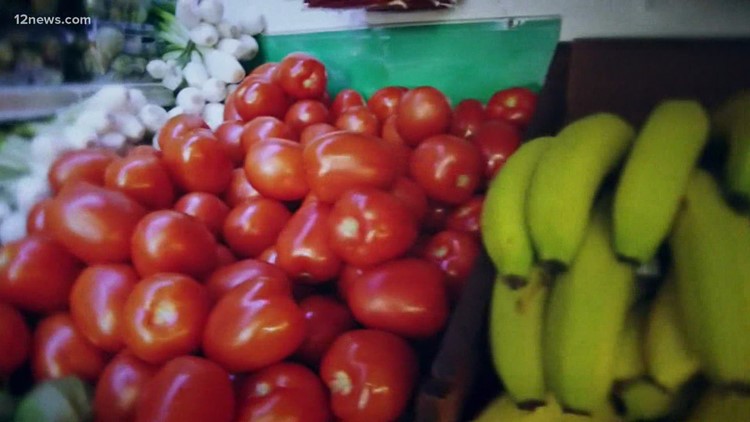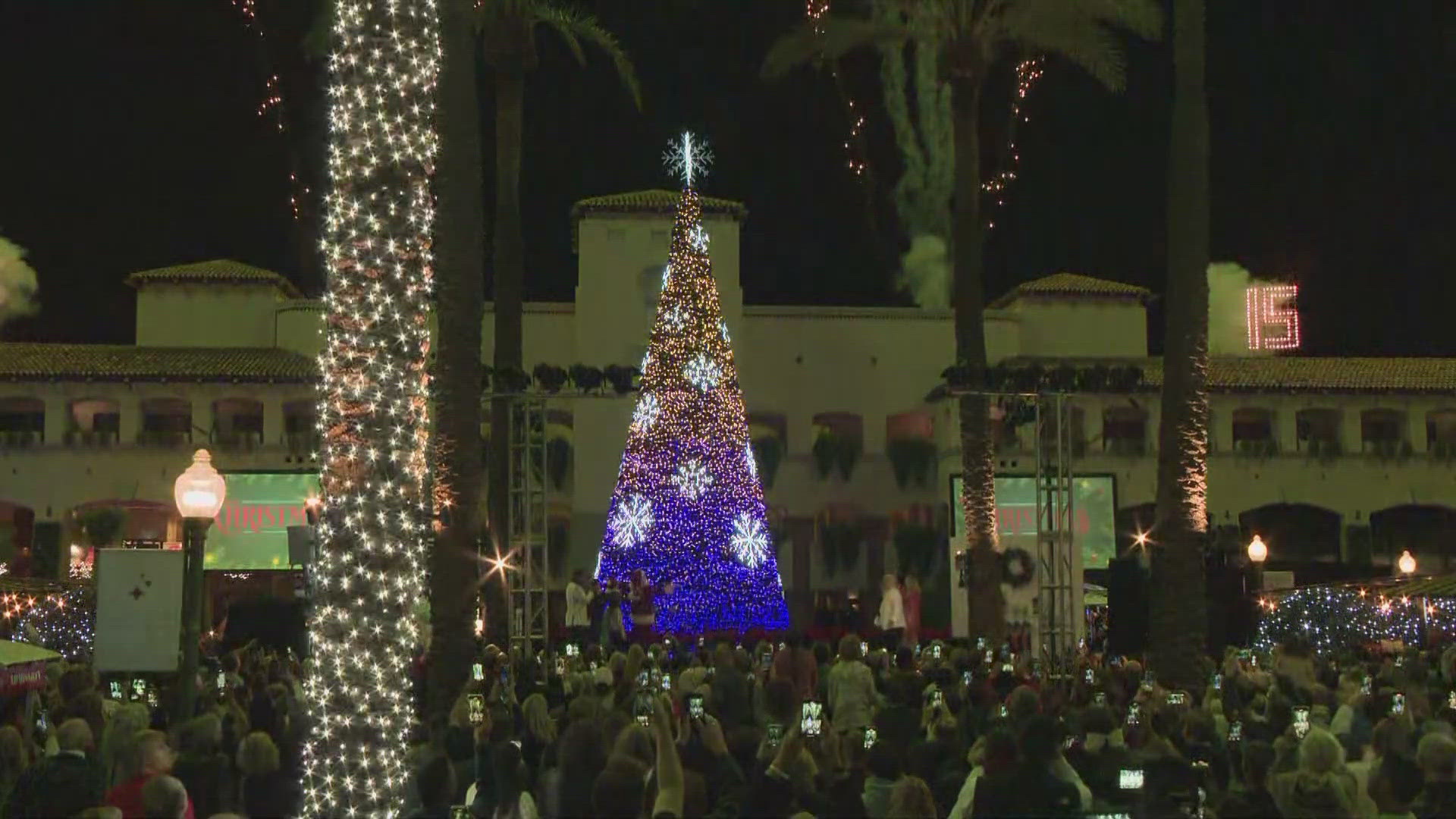MESA, Ariz. — Roughly one-third of all food on the grocery store shelves goes unsold.
Millions of pounds of food would wind up in landfills if not for grocery store rescue programs across the country. One such program, Kroger/Fry’s Zero Hunger I Zero Waste social impact plan, provides millions of meals for Arizona families in need.
“It is about ensuring that we are feeding and helping to end hunger in our communities and eliminating waste in our company,” said Pam Giannonatti, with Fry’s Food Stores.
VERSIÓN EN ESPAÑOL: Programa de rescate de comestibles cambia la manera que Arizona maneja el desperdicio de comida
Rescuing groceries
Every day, like clockwork, the truck from Matthew’s Crossing, an East Valley food bank, arrives at the Fry’s Food Store at Ray and Dobson Roads, in Mesa. Volunteers from Matthew’s Crossing begin the task of retrieving all the food that is fresh enough to eat, but not fresh enough for Fry’s shelves.
“We serve about 100 clients a day,” explained Michael Dippre, the Executive Director of Matthew’s Crossing. “Families of four will receive 40 to 60 pounds of food and most of it due to the grocery rescue. If we just gave federal food, it would only be about 10 to 15 pounds, so most of the rest comes out from grocery rescue.”
Kroger/Fry’s Zero Hunger I Zero Waste social impact plan
Every day, foods like bread, produce, dairy, and meats are loaded onto the truck and brought to a distribution center. From there, the food is sorted and delivered to pantries and kitchens across the East Valley; offering those in need of assistance a fresh and nutritious meal.
“There's a fundamental absurdity out there while 42 million Americans are going hungry, 35% of the food is going to waste,” said Giannonatti.
“It's huge. I mean, that's why we're able to help so many people,” said Dippre.
Dippre might be speaking for thousands of food banks across the country. Kroger- the parent company of Fry’s Food Stores- donates 229 million pounds of food each year to food banks like Matthew’s Crossing through Kroger/Fry’s Zero Hunger I Zero Waste social impact plan. Other national grocers offer similar programs.
Tapping into resources
Aside from its partnership with Fry’s, United Food Bank also offers food banks like Matthew’s Crossing assistance in securing federal funding to keep its shelves full.
With United Food Bank’s partnership, Matthew’s Crossing qualifies for TEFAP, a federal emergency food assistance program. TEFAP supplements include canned, frozen, and dried fruits and vegetables, eggs, meat, and dairy products. But all this is just a supplement to what Matthew’s Crossing receives locally.
Kroger/Fry’s Zero Hunger I Zero Waste social impact plan provides Matthew’s Crossing with more than half of the meals they need to keep up with the ever-increasing demand.
“Our biggest thing is, if you wouldn't bring it home, we don't give it to our customers,” said Dippre.
Up to Speed
Catch up on the latest news and stories on the 12News YouTube channel. Subscribe today.



